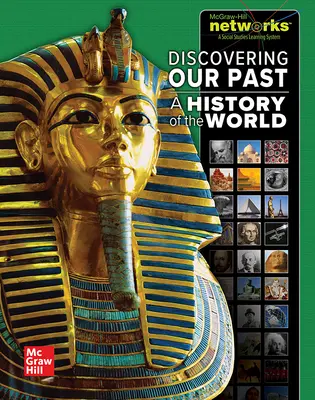

The elementary and intermediate geography, history and U.S. These are questions scholars say are raised by social studies textbooks headed for Texas classrooms that are misleading, racially prejudiced and, at times, flat-out false. Zimmerman writes that the 1968 Kerner Commission Report on Civil Disorders acknowledged that the blame for urban riots lay with white racism, but then went on to focus mostly on the way that public institutions, including schools, supposedly hurt the black psyche.AUSTIN - Did Moses influence the Founding Fathers? Is all international terrorism linked to Islamist fundamentalists? Was slavery not a key contributor to the Civil War? These arguments rested on the premise that the way to fix race relations lay in improving black psychology. They also noted that their concerns were not about the effects of racist material on the psyches of black children as much as the way they reinforced racism among white students.īy the mid-1960s, the northern education establishment had embraced the elimination of blatant racism in textbooks, but the main rationale for making changes was now helping black students feel good about their heritage. But the NAACP pointed out that the textbooks they criticized were not just insulting, but inaccurate. Zimmerman writes that white liberals tended to attribute black activists’ complaints to emotion or sensitivity. They were met with white educators-many of them self-described “race liberals”-who argued that textbooks couldn’t influence prejudice and that black activists were being “hypersensitive.”Ī 1968 report acknowledged that the blame for urban riots lay with white racism, and also focused on the way that schools supposedly hurt the black psyche.ĭiscussing “Little Black Sambo,” the Washington Post denounced blacks’ “humorless touchiness,” adding that “to insist that Negros be given equal rights with other citizens is one thing to insist that their particular sensibilities entitle them to exercise a kind of censorship is quite another.” The NAACP and other black organizations criticized songs taught in music classes that used the words “darky” and “nigger,” history books that praised the Ku Klux Klan for keeping “foolish Negros” out of government, and the inclusion of “Little Black Sambo” in grade school readers. Schools, supported by progressive black and white activists, tried to combat racism by instituting “intercultural education.”īut, when it came to the content of school textbooks, African-Americans lacked the support of their white allies. In the ’40s, Zimmerman writes, two million blacks migrated from the south to northern and western cities, where they were frequently met with racist white violence.


In a 2004 paper, Jonathan Zimmerman looks at how black activists took on racism in schoolbooks in the 1940s-and how white liberals responded in a way that sounds remarkably familiar today. The incident is just the latest in a decades-long debate over the representation of black Americans in social studies classrooms. McGraw-Hill has apologized for its caption on a map in one of its textbooks that seemed to characterize the Atlantic slave trade as the “immigration” of “workers” after the mother of a student in Texas brought the issue to public attention.


 0 kommentar(er)
0 kommentar(er)
